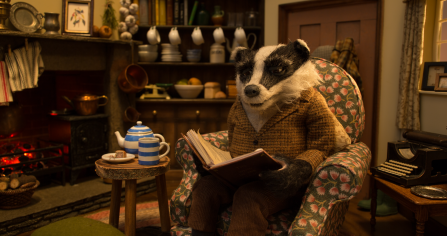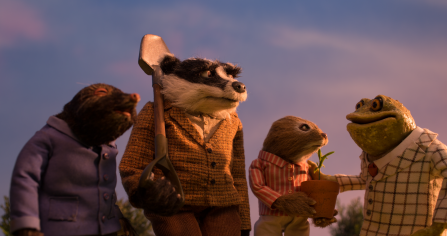
Badger would hate to admit it, but he’s actually more closely related to weasels and stoats than any other mammal. But badgers are a diverse group, with 11 species across the world, including the Honey badger, the Ferret badger and the intriguingly named Stink badger. With his squat body and strong front paws, he is perfectly adapted for digging. In fact, many believe the name Badger comes from French word becheur (digger).
Badgers no longer have any natural predators in the UK – since we’ve wiped out the bear, wolf, lynx and anything larger that is. But 50,000 are killed by cars each year. While classified as a carnivore, Badgers are in fact omnivorous. Their favourite meal is earthworms, but they will also eat a variety of plants, slugs, snails, eggs and occasionally small mammals. The European badger is a social and territorial animal, and family groups live in extensive burrows, or setts. They are extremely clean, seldom if ever taking food into the sett, and they get rid of their waste in special latrines at the edge of their territories. Built more like a wrestler than an athlete, they can nevertheless run at nearly 20 miles per hour in short bursts.


